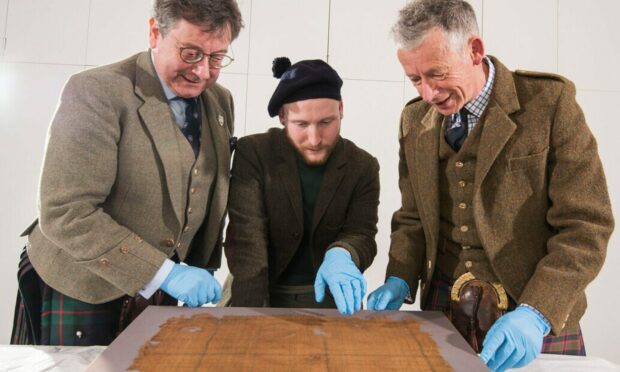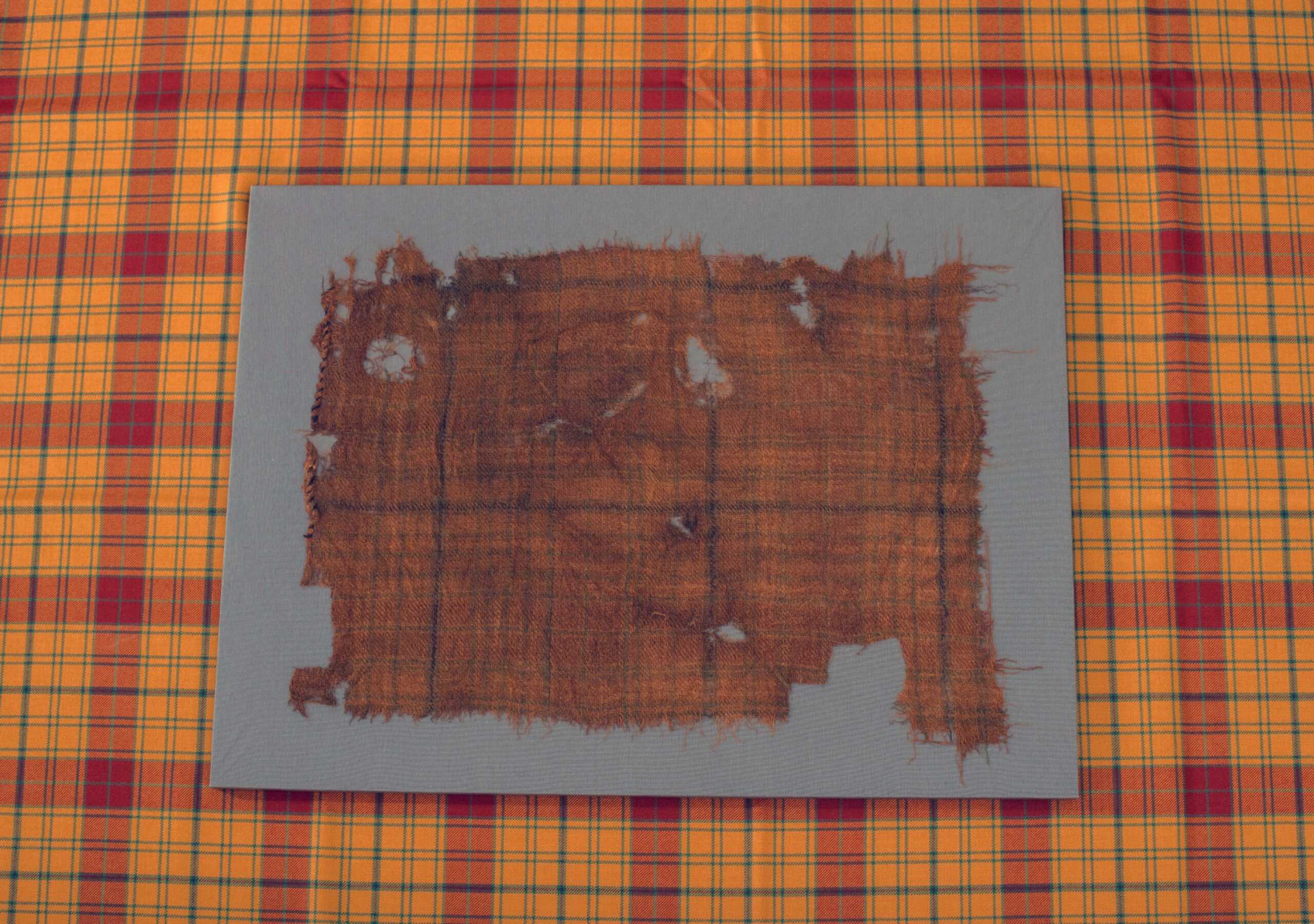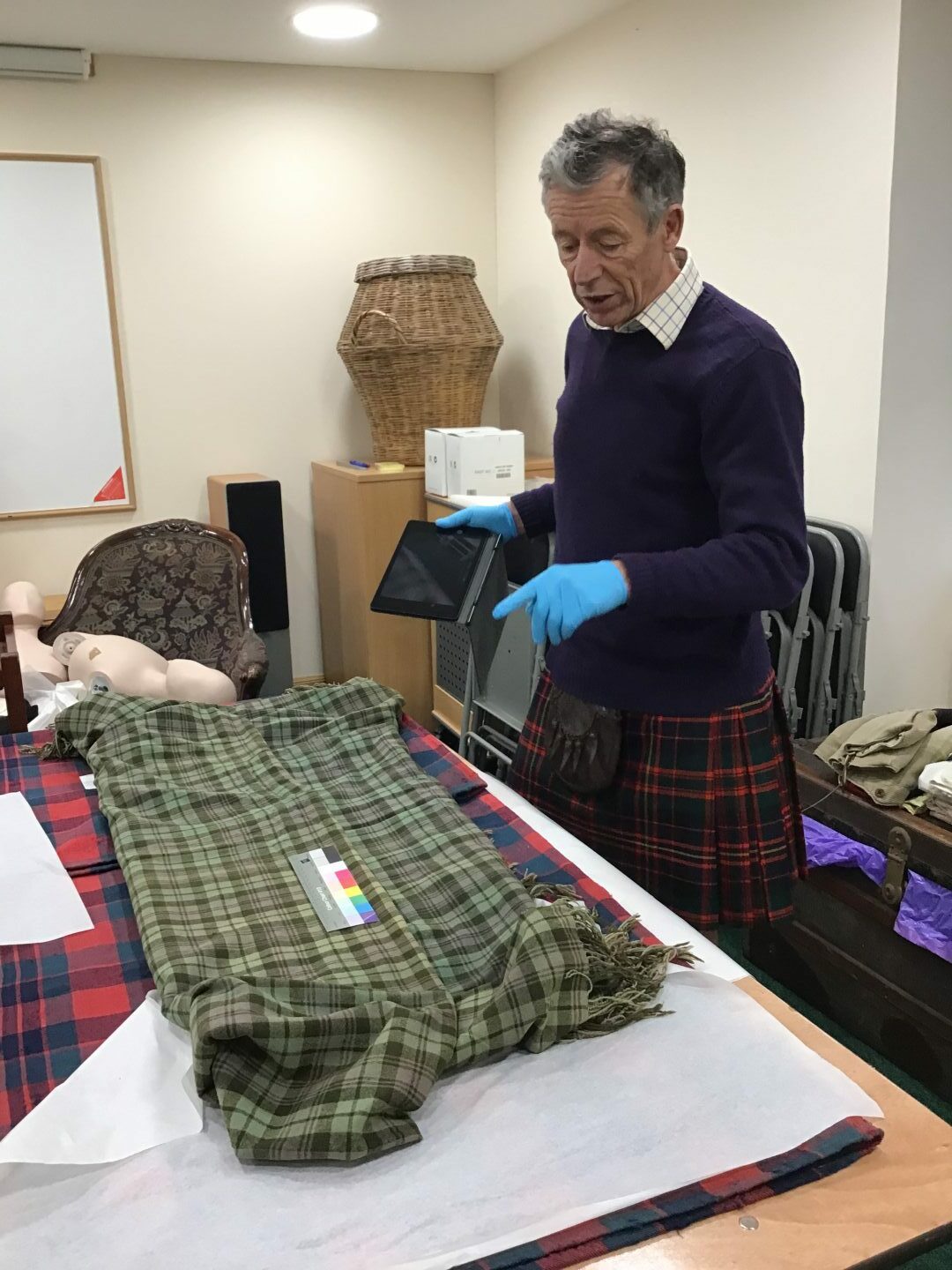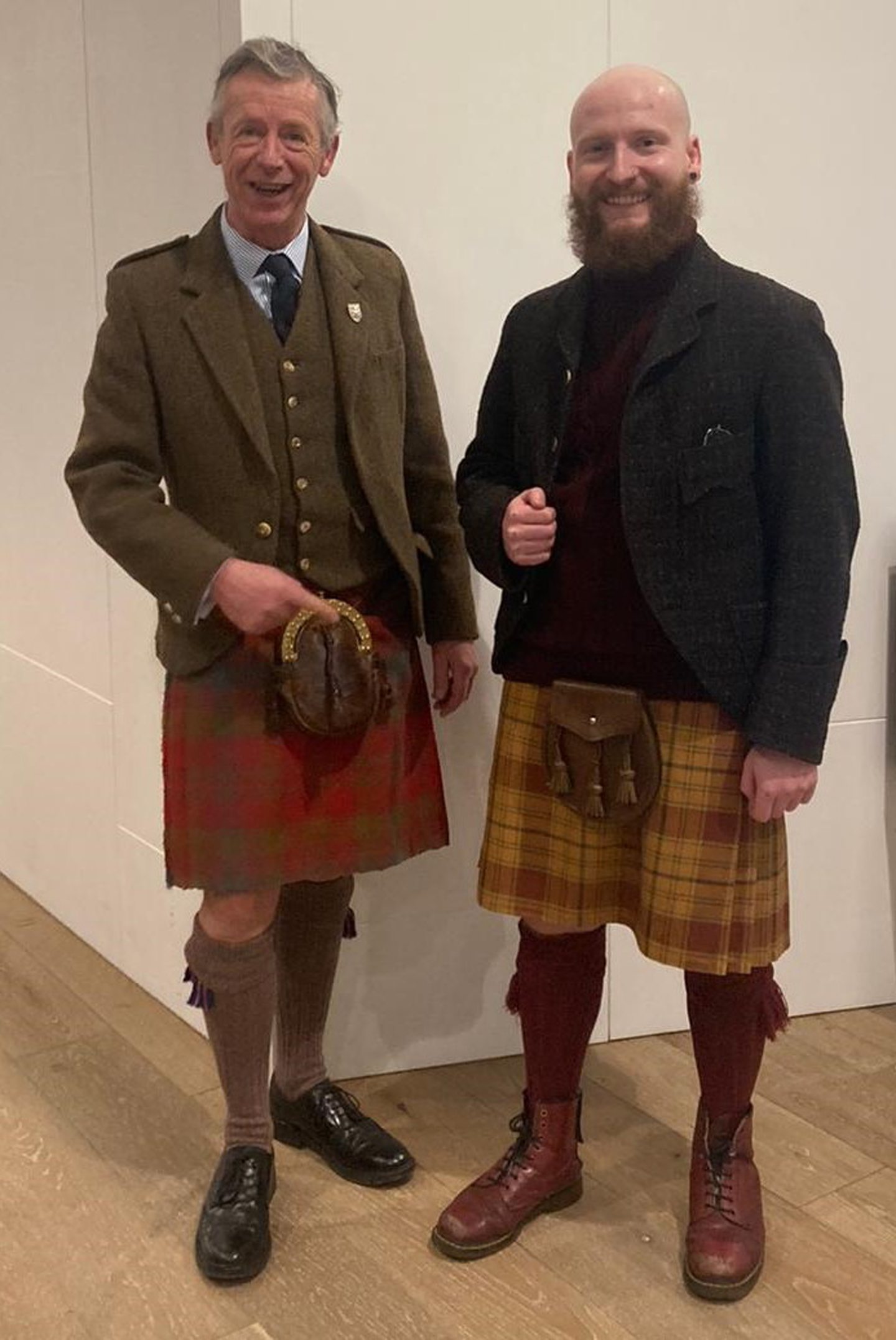It’s not often you encounter an undiscovered snapshot of history as you go about your daily business.
But in 1980, it happened to four foresters working in Glen Affric in the Highlands.
They came upon a length of old cloth, which on closer examination many years later was discovered to have enormous significance in the history and heritage of tartan.
It turned out to be a length of the oldest known Scottish tartan, and it’s now been recreated in stunning detail.
Tartan historian Peter MacDonald wants to piece together the early part of the jigsaw and has turned to the P&J to find out who the foresters were who came across the cloth, and if any surviving ones might share their story.
We have some of the names of those who worked with the Forestry Commission in the Glen Affric area during the 1970s-80s.
Hugh Morris, head forester for Glen Affric, George ‘Geordie’ Douglas, Rura Wladyslaw, Davie Cameron, Wattie Baxter, Willie MacDonald, Jock Stirling, David ‘Sparky’ Sparks, and Alec Nicol.
Can any P&J readers help put us in touch with these men or their descendants?
If so, please contact us at susy.macaulay@pressandjournal.co.uk
How modern science recreated the long-lost tartan
Meanwhile, recreating the fabric was a challenge overcome by modern science.
The Scottish Tartans Authority commissioned dye analysis and radiocarbon testing to determine its age.
Scientists from National Museums Scotland used high resolution digital microscopy to identify four dye colours – green, brown, and possibly red and yellow.
They were also able to establish that it would been made pre-1750s as no artificial dyes were present.
It was then sent to a lab in East Kilbride for radiocarbon dating.
Half a millenium old
The astonishing results suggested the tartan was made between 1500 and 1600 AD.
It’s subsequently been recreated in meticulous detail by tartan fabric manufacturer the House of Edgar, under the guidance of Scottish Tartans Authority’s head of research and collections, Peter MacDonald.
Peter said: “The testing process took six months but the effort was well worth it and we are thrilled with the results.
“In Scotland, surviving examples of old textiles are rare as the soil is not conducive to their survival. As the piece was buried in peat, meaning it had no exposure to air, it was therefore preserved.
“The tartan has several colours with multiple stripes of different sizes, and so it corresponds to what people would think of as a true tartan.
Important not to invent a story around it
“Although we can theorise about the Glen Affric tartan, it’s important that we don’t construct history around it. Although Clan Chisholm controlled that area, we cannot attribute the tartan to them as we don’t know who owned it.
“The potential presence of red, a colour that Gaels considered a status symbol, is interesting because of the more rustic nature of the cloth. This piece is not something you would associate with a king or someone of high status; it is more likely to be an outdoor working garment.”
The Glen Affric tartan, as it has been named, has been made into a kilt, modelled recently at the V&A by assistant curator James Wylie.
James said: ““To be able to exhibit the Glen Affric tartan is immensely important in understanding the textile traditions from which modern tartan derives.”
More about this story:
Scotland’s oldest tartan discovered in Highland peat bog to go on display at V&A Dundee




